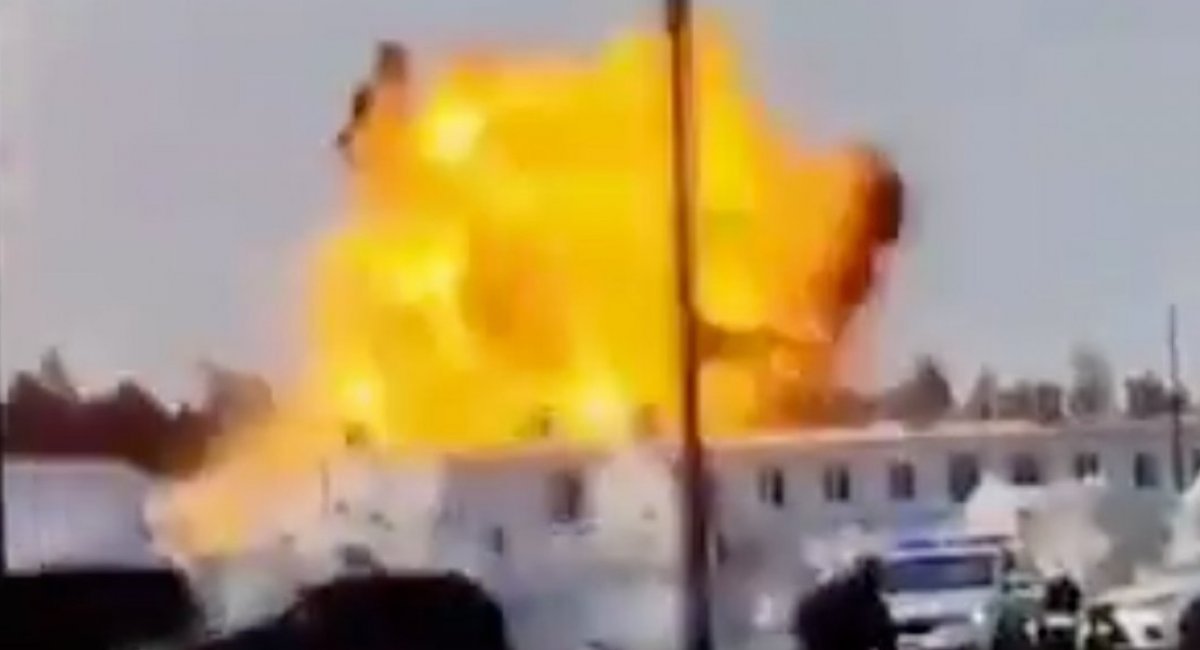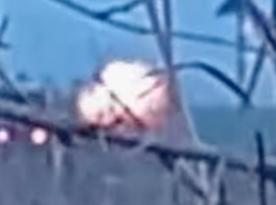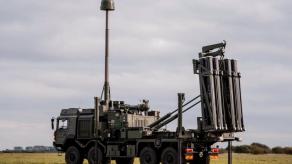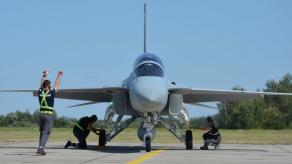Russian Telegram channels posted footage on April 2 showing three UAS striking the territory of the Alabuga Special Economic Zone (SEZ) near Yelabuga and causing a large explosion upon impact. Geolocated footage of the strike shows that the UAS hit a dormitory area near the Yelabuga Polytechnical College. Russia notably uses the production facilities at the Alabuga SEZ to make Shahed-136/131 drones to attack Ukraine. Additional geolocated footage published on April 2 shows a drone strike against the Taneko oil refinery in Nizhnekamsk, Tatarstan, and russian sources claimed that russian electronic warfare suppressed the drone, causing it to fall on refinery infrastructure and start a fire.
Reuters reported that the Ukrainian drone strike on Taneko refinery, russia’s third-largest oil refinery, impacted a core refining unit at the facility responsible for roughly half of the facility’s oil refining. The Security Service and the Defense Intelligence claimed responsibility for conducting the strikes, and Intelligence sources reported that the strike on Yelabuga caused “significant destruction” to the Shahed production facilities.
Read more: russian Shahed Drones Production, Oil Refinery Hit by Ukrainian Drone that Flew Over 1200 km
Russian sources, including Tatarstan Head Rustam Minnikhanov, denied that the strikes caused any significant damage to either the drone production plants within the Alabuga SEZ or the Taneko refinery.
Reuters noted that its own data shows that constant Ukrainian drone strikes against russian oil refineries, such as Taneko refinery, have shut down about 14 percent of russia’s overall refining capacity. The April 2 strikes are the first Ukrainian strikes on Tatarstan, and the distance of the targets from Ukraine’s borders represents a significant inflection in Ukraine’s demonstrated capability to conduct long-range strikes far into the russian rear. ISW continues to assess that such Ukrainian strikes are a necessary component of Ukraine’s campaign to use asymmetric means to degrade industries that supply and support the russian military.
Read more: Ukrainian Developers Showcase the Latest Advancements in Drone Integration and Real-Time Battlefield Insights














